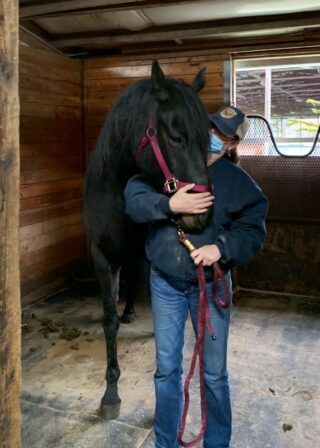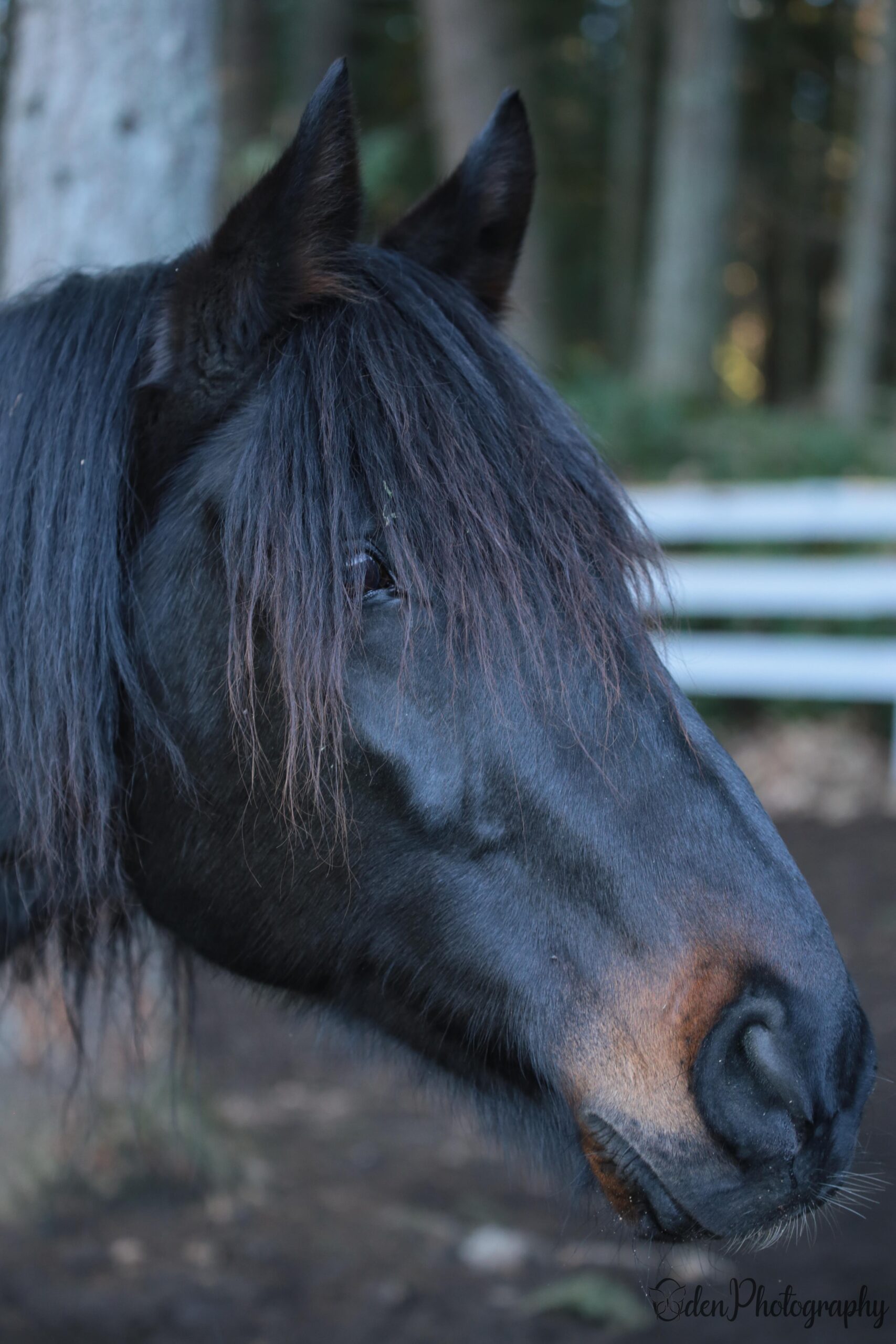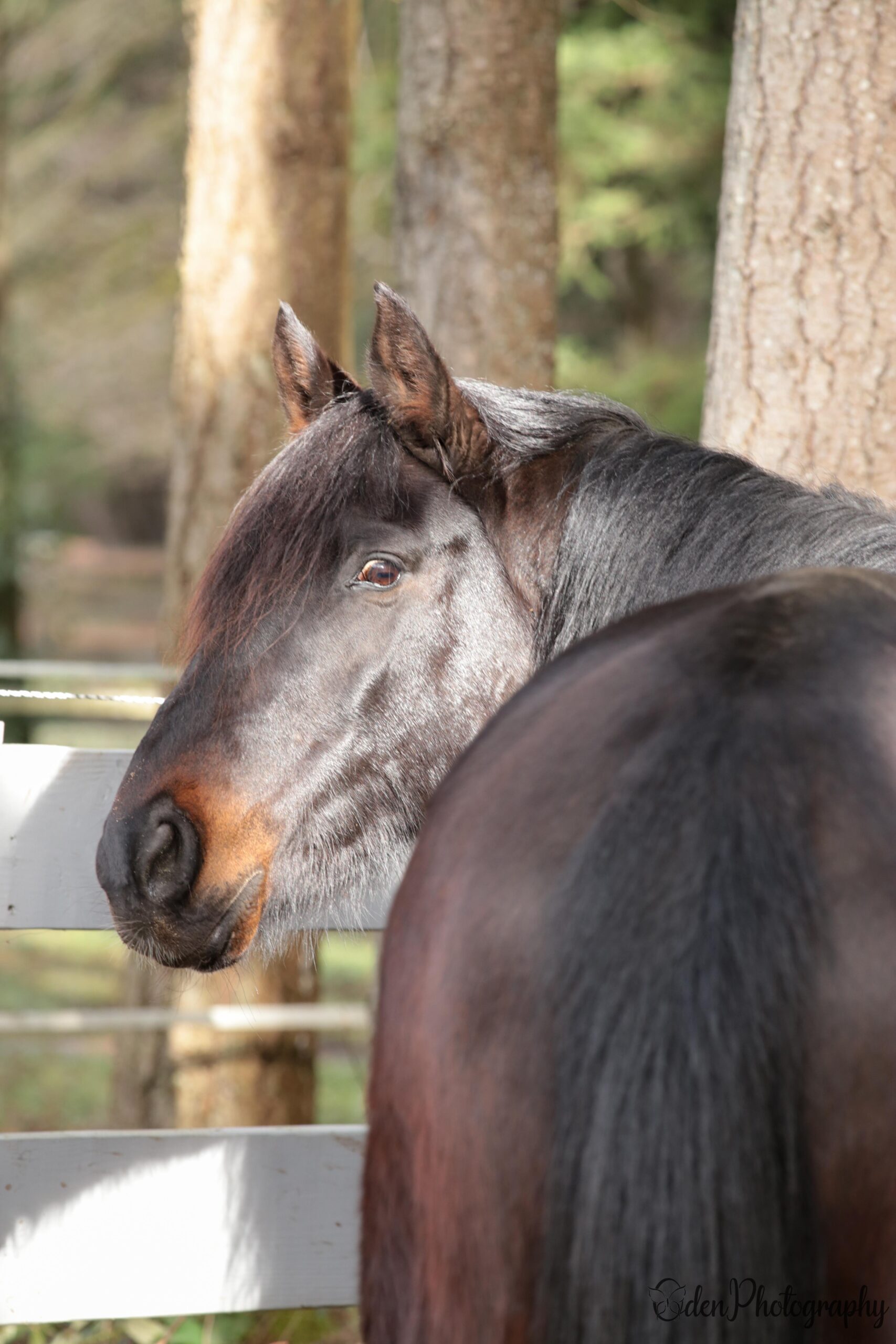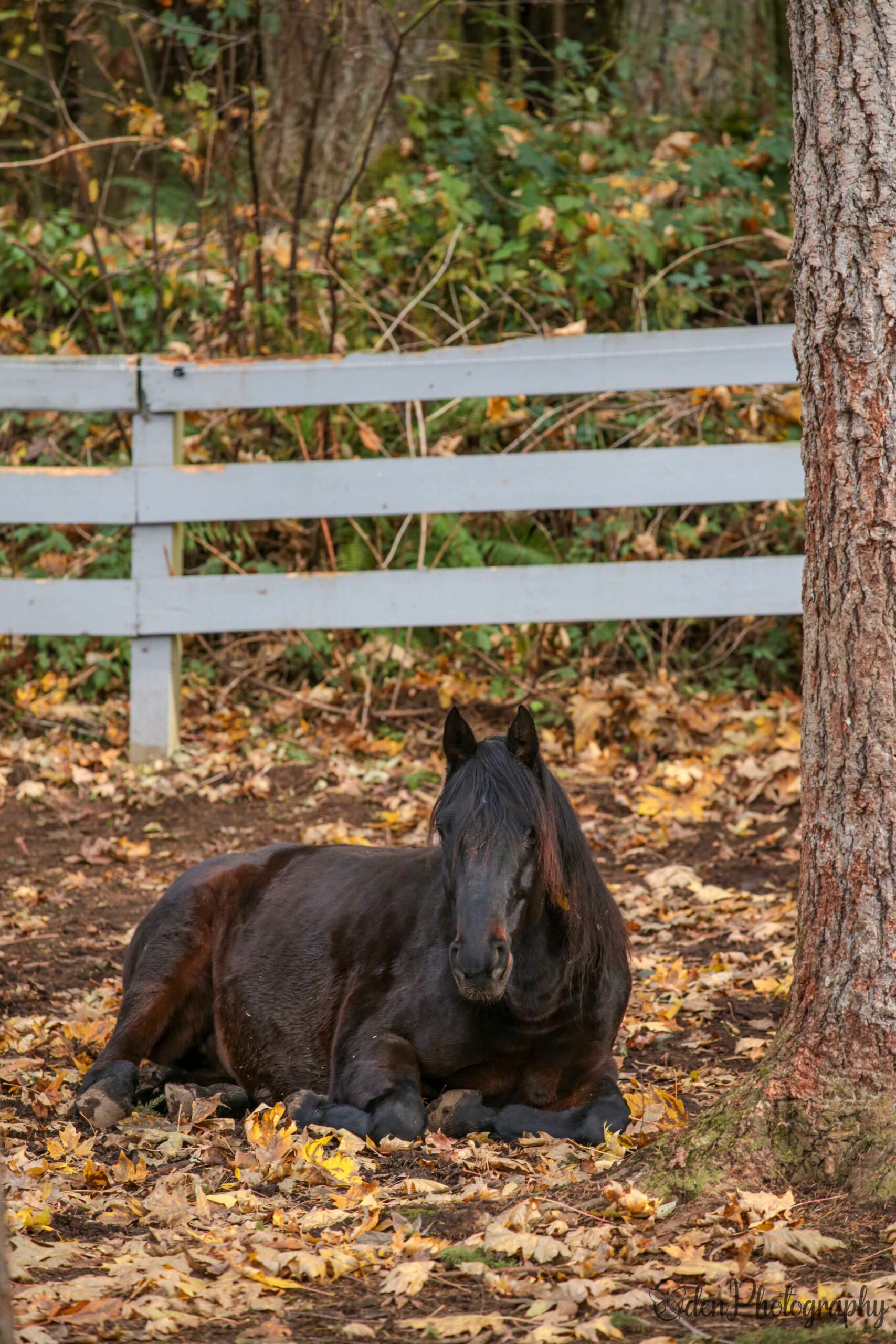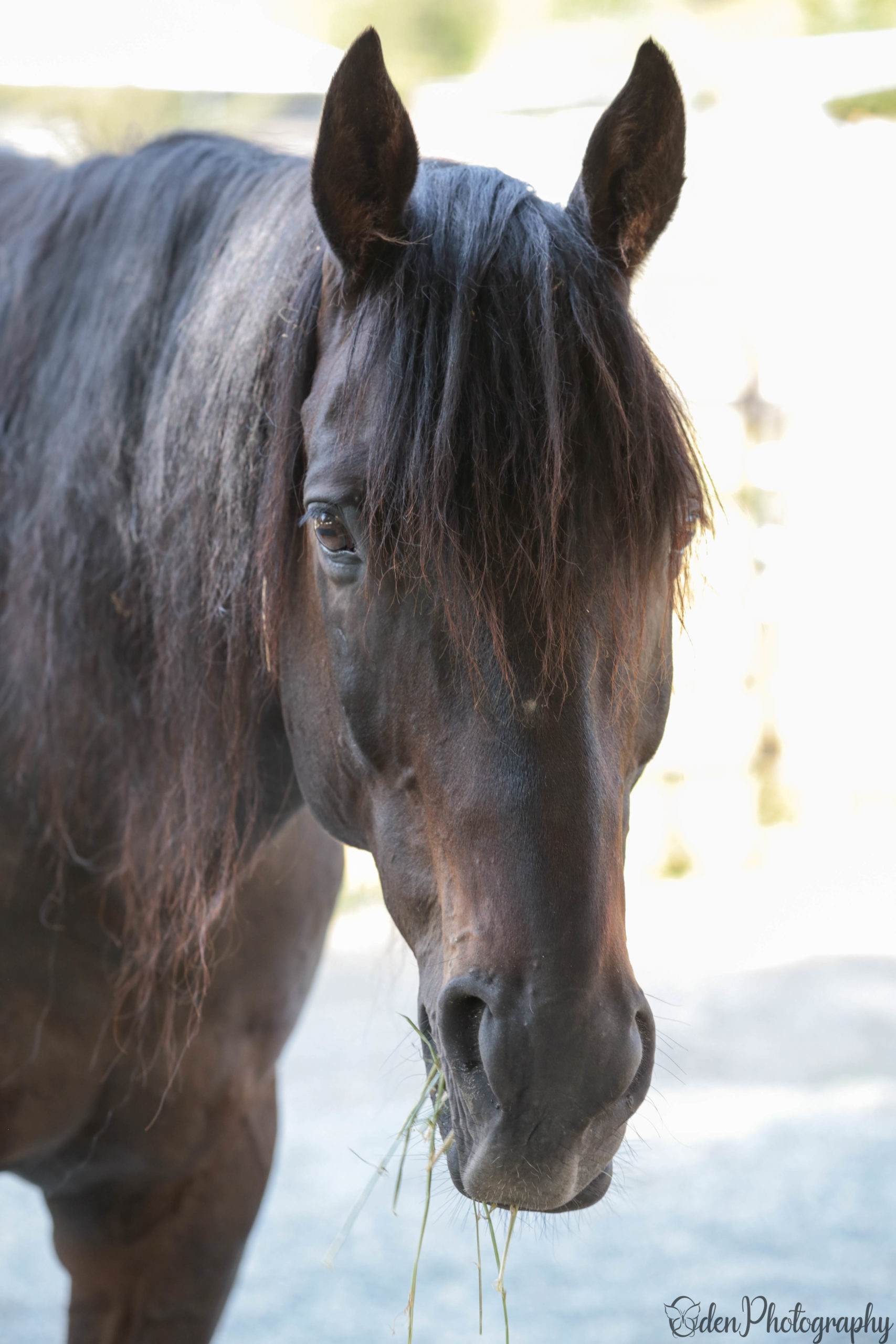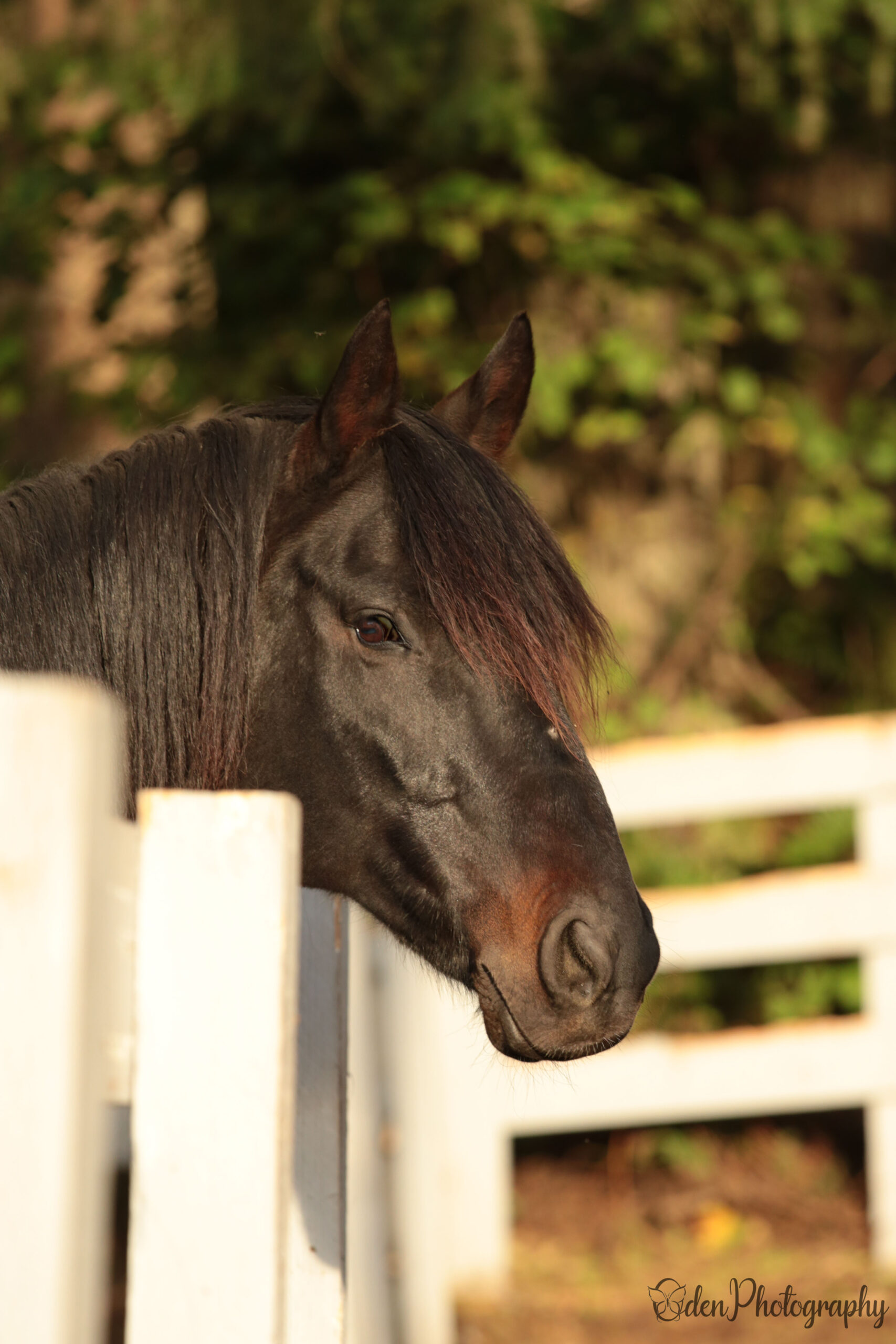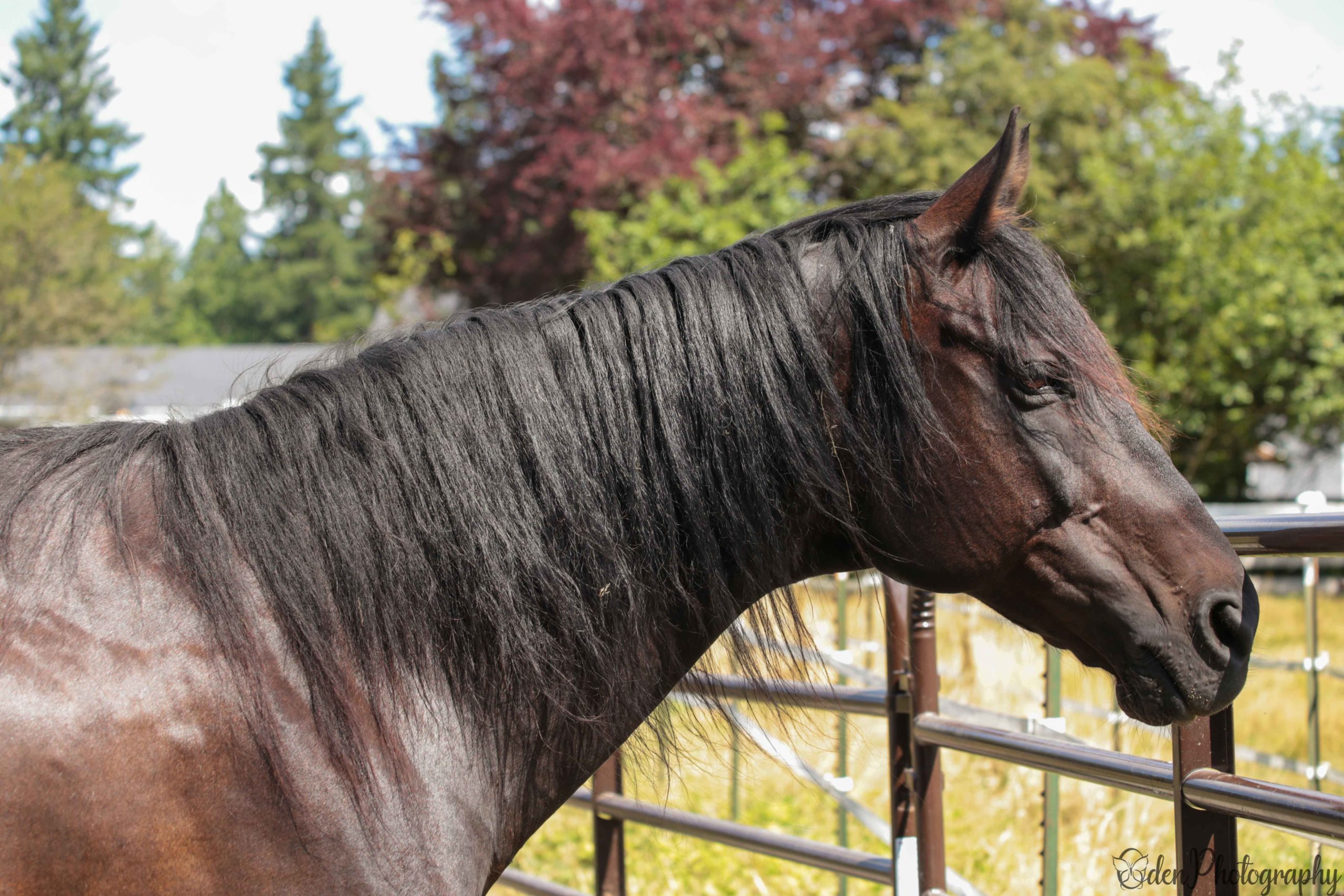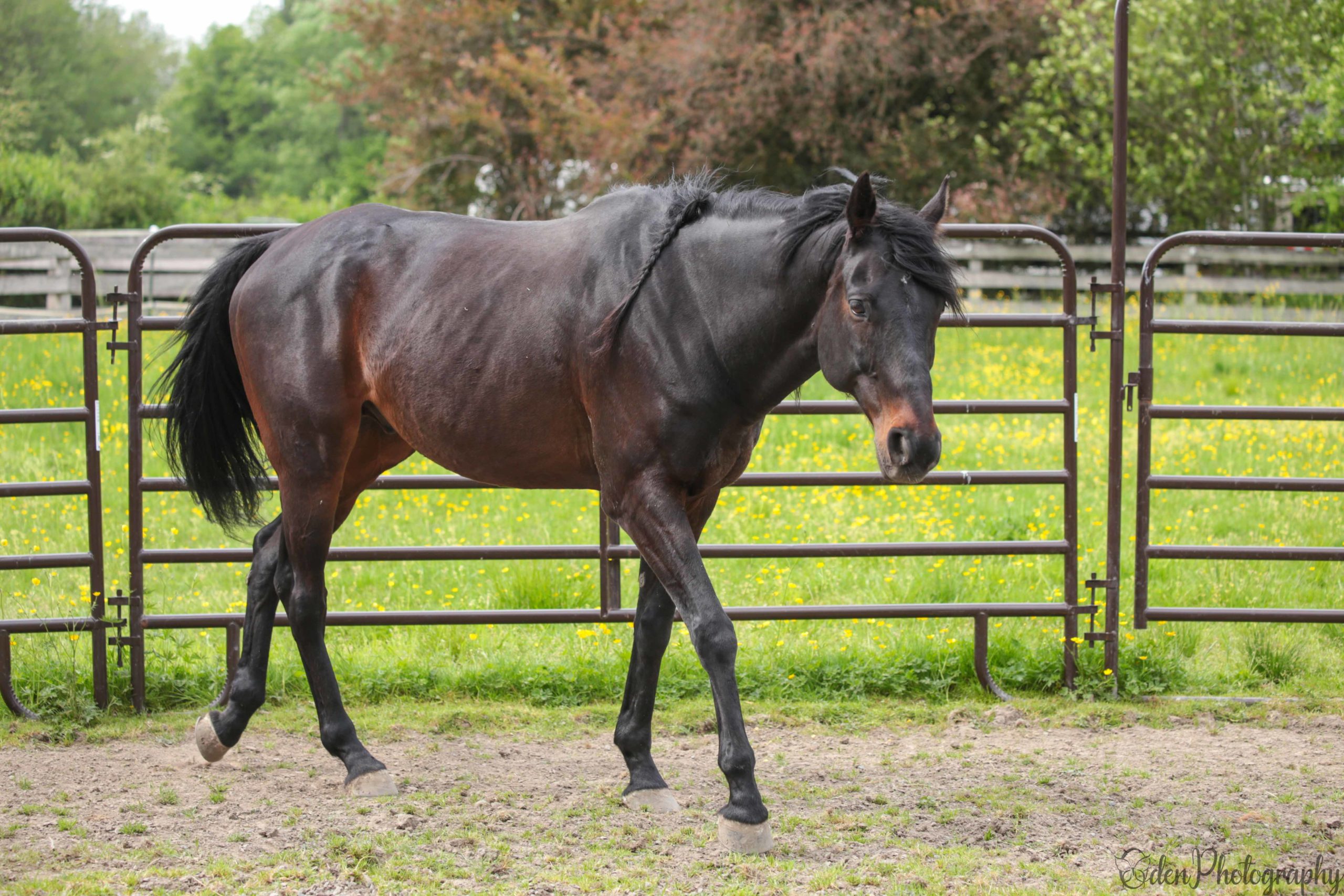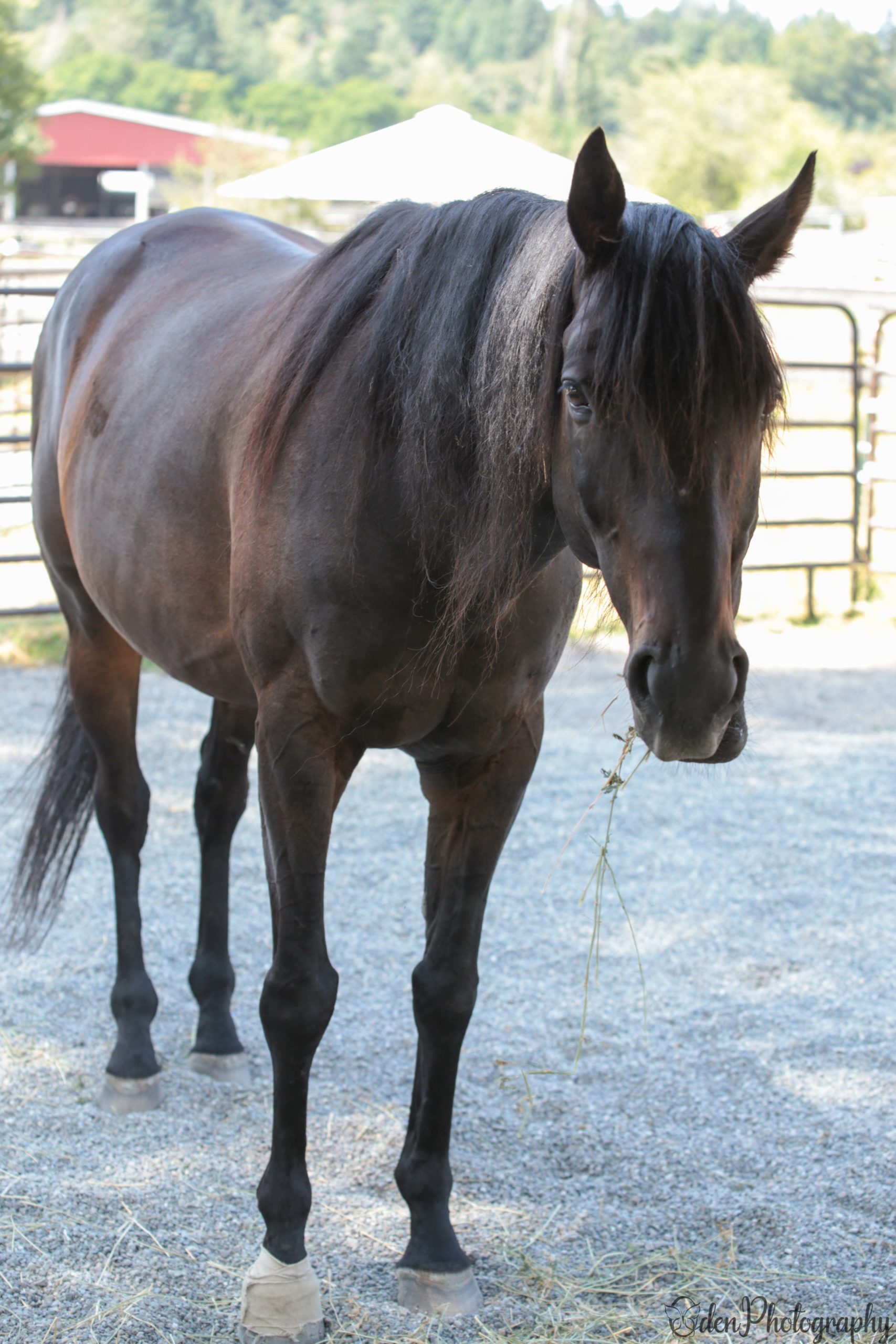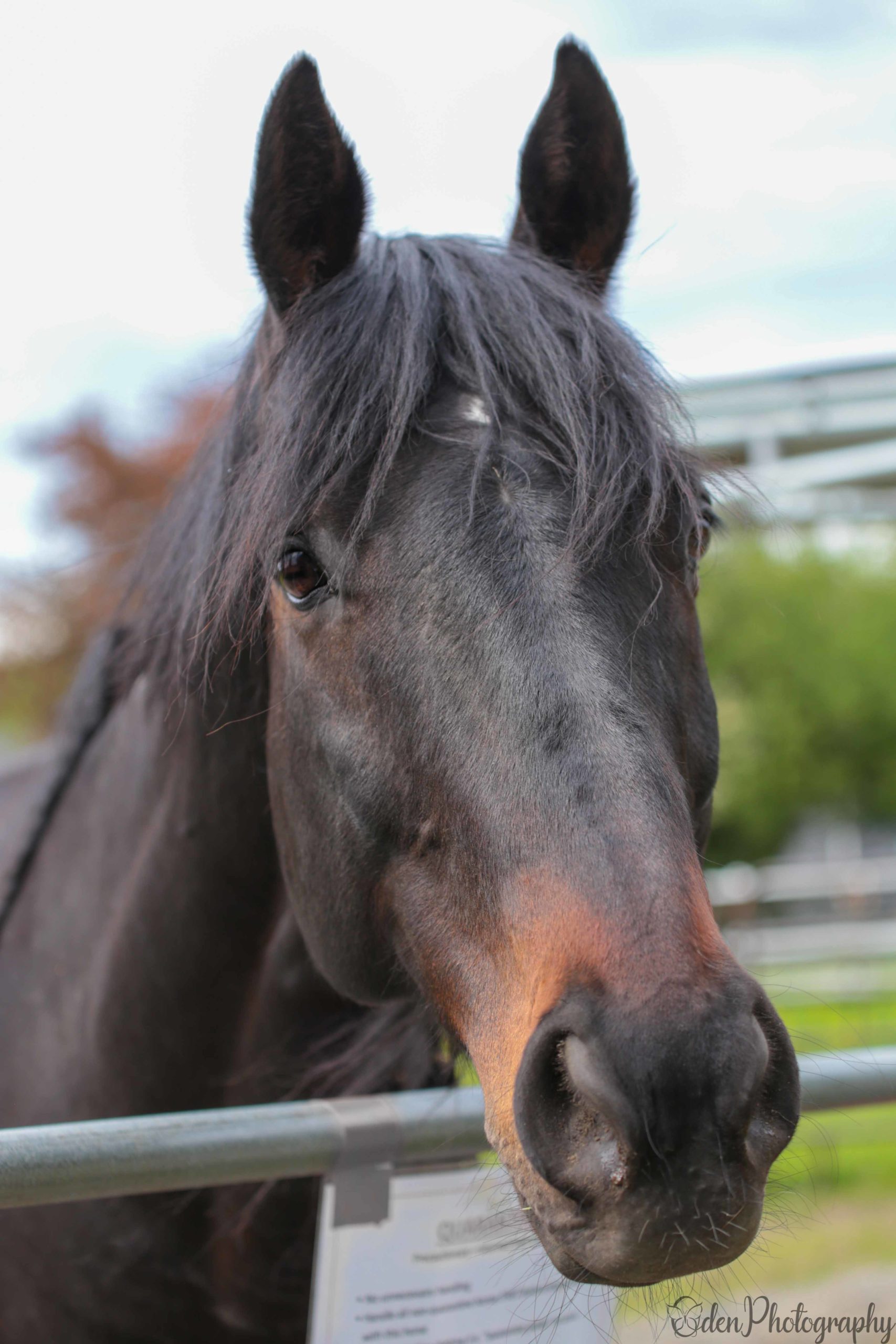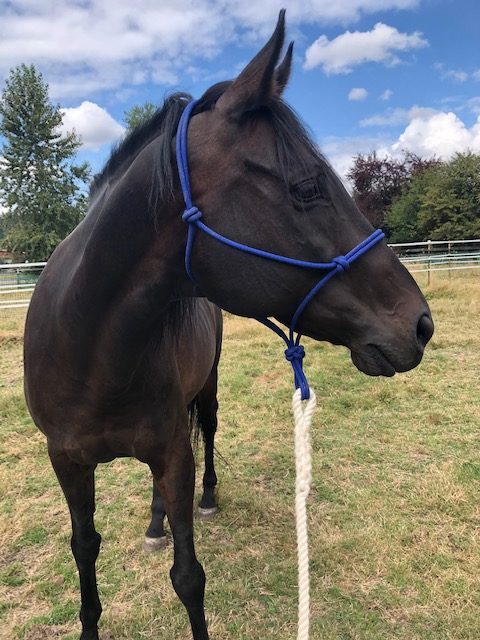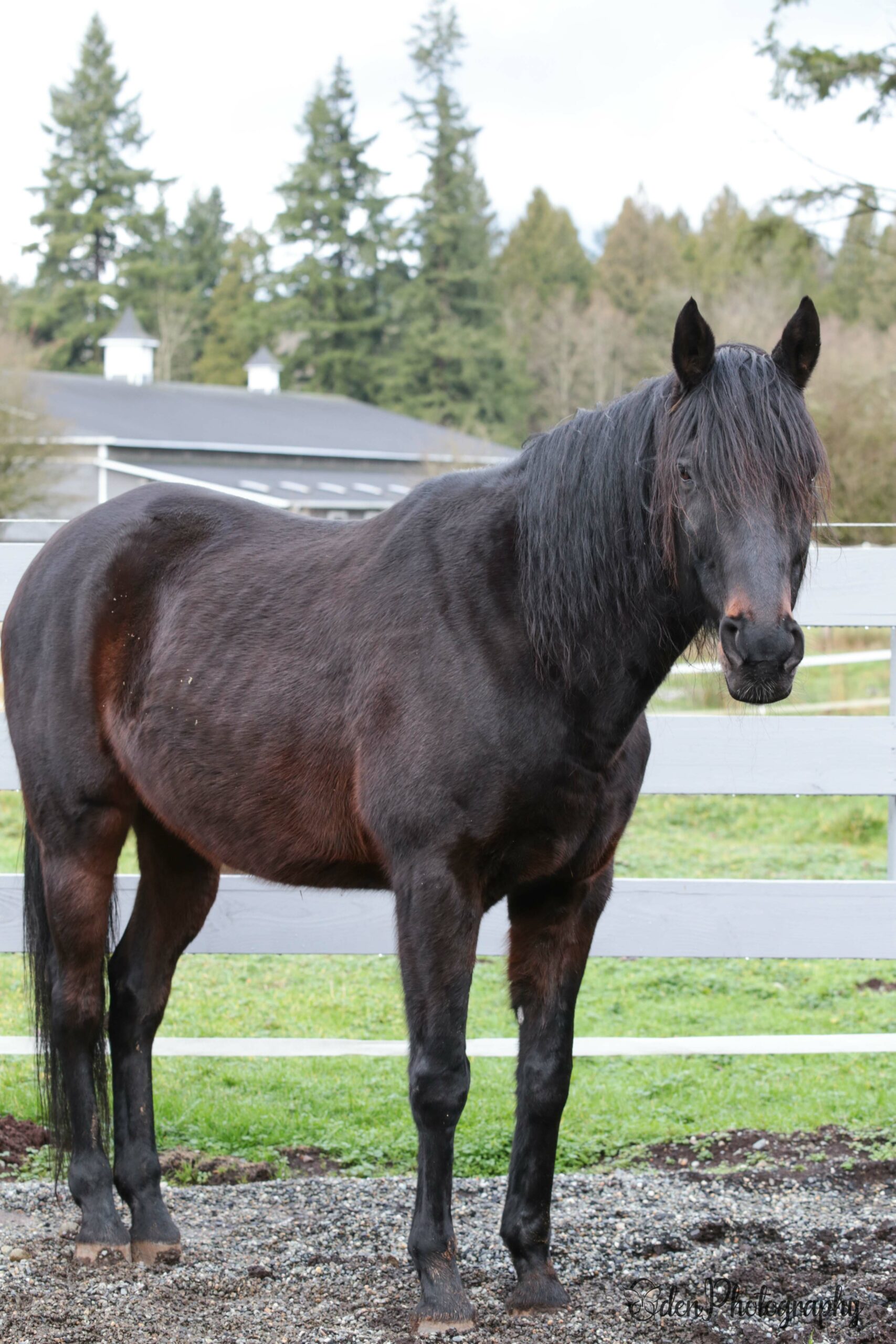Cyrus
2005 dark bay Thoroughbred gelding
Registered Name: unknown
Type of Rescue: Animal Control Surrender
Intake Date: 4/4/2019
Adoption Date: 3/21/21
Length of Time with SAFE: 2 years
ADOPTED!! by Carol and Jim
Cyrus came to SAFE in April 2019 as part of a cruelty investigation. He was emaciated and badly neglected. With careful refeeding and vet care, he regained his true beauty and good health. Cyrus was a sweet, friendly horse who loved attention, naps, and alfalfa. When after being started under saddle, Cyrus showed lameness under saddle, we decided to offer him as a companion. Cyrus was adopted out as such, and lived the good life with his horse buddy, Nitro and a family who fell in love with him the second they brought him home.
Unfortunately, in December of 2024, a freak accident left Cyrus with an injury to his coffin joint that was incurable. He was peacefully laid to rest, having known a tremendous amount of love and care in his time at SAFE and at his adopted home.
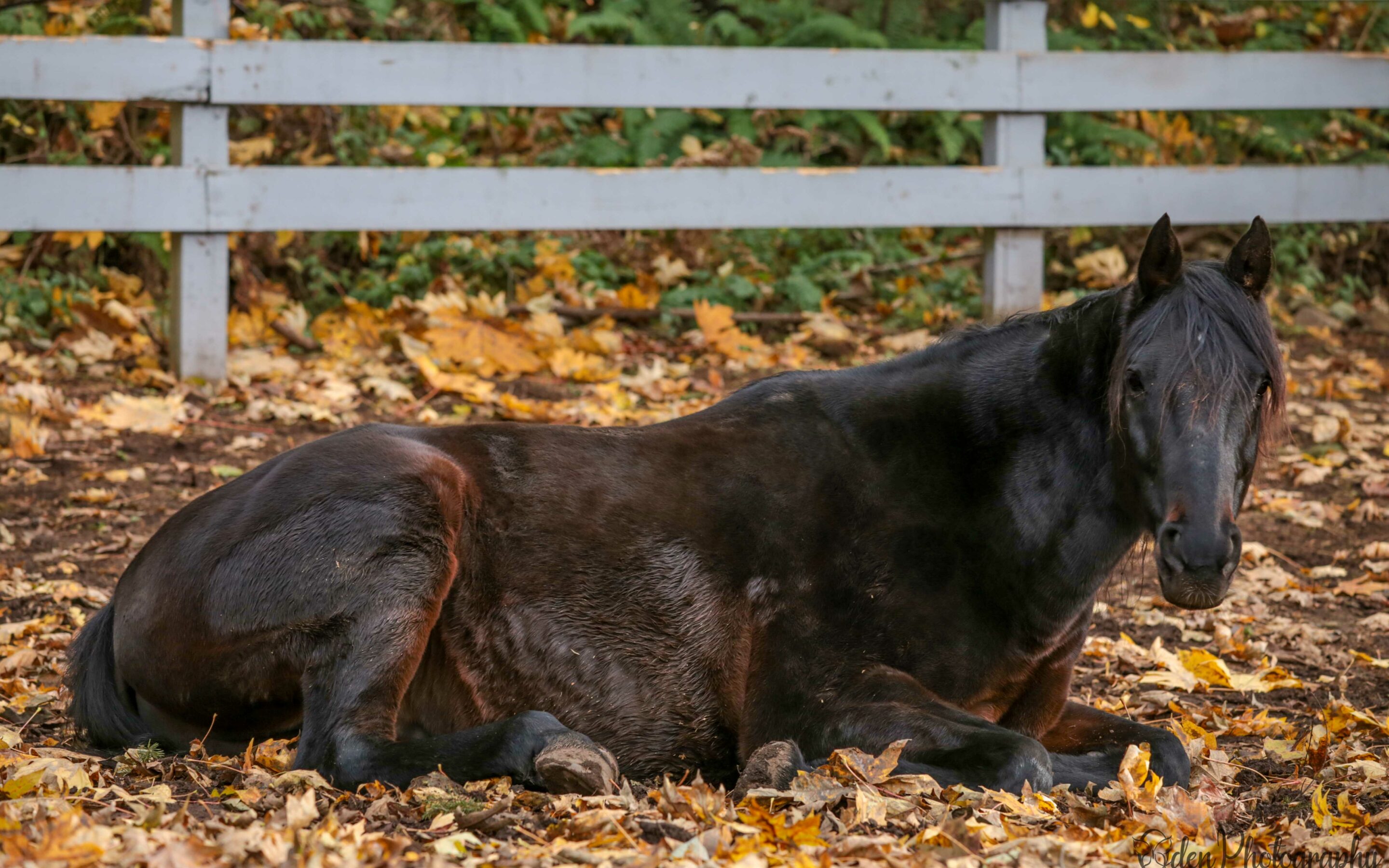
Cyrus is Adopted!
We could not be more thrilled to announce that Cyrus is adopted! We hit the jackpot with his adopter and we could not be happier. Carol and Jim came to SAFE a few months ago to look for a friend for their riding horse, Nitro. Sadly, they had recently lost their…
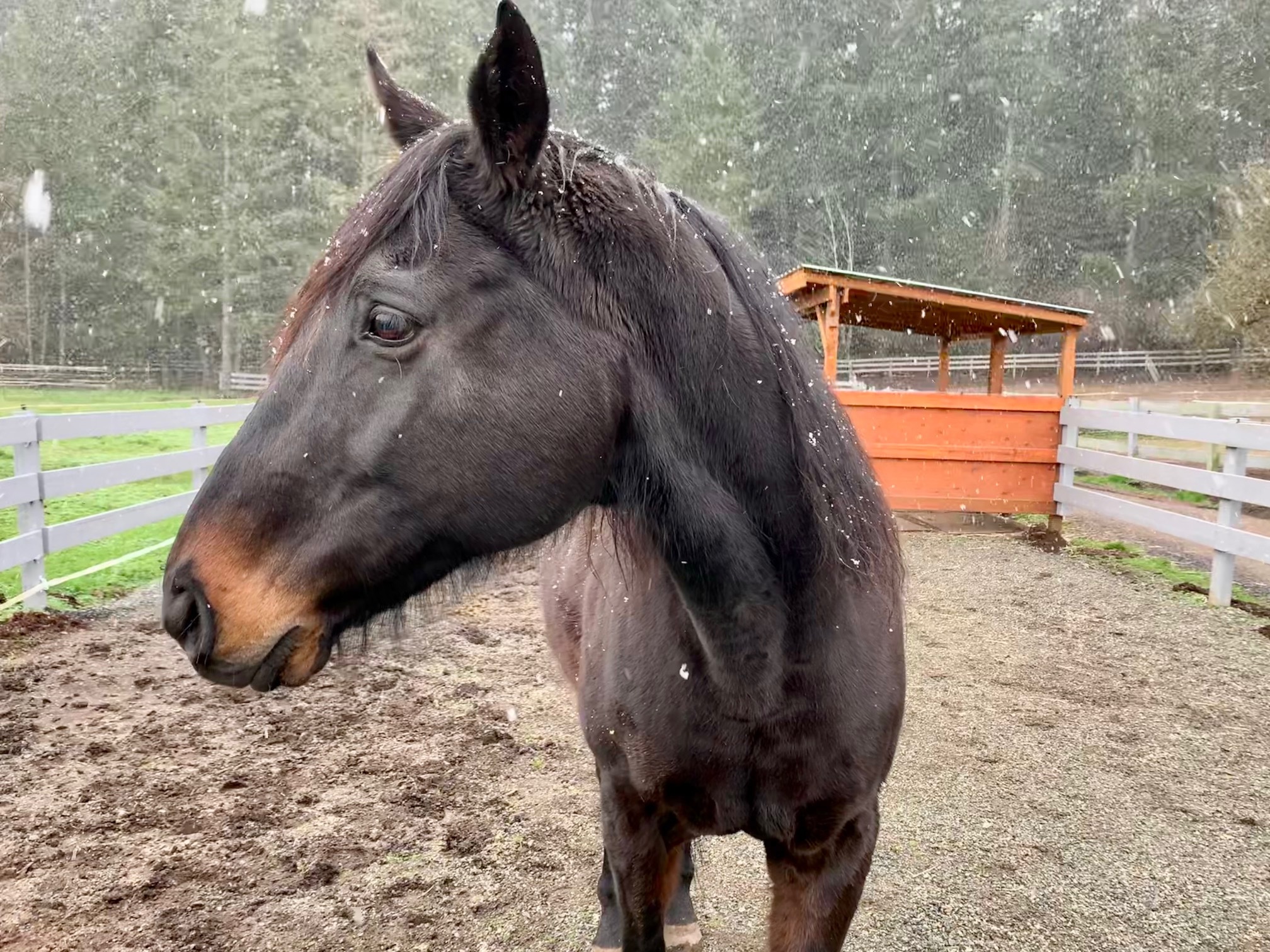
Cyrus Is On The Mend
Cyrus has come such a long way since he first arrived at SAFE, and soon he hopes to be making friends with a few other SAFE geldings. Before he gets the chance to spend the day with the other boys, he is working on recovering from a minor injury he received on January…
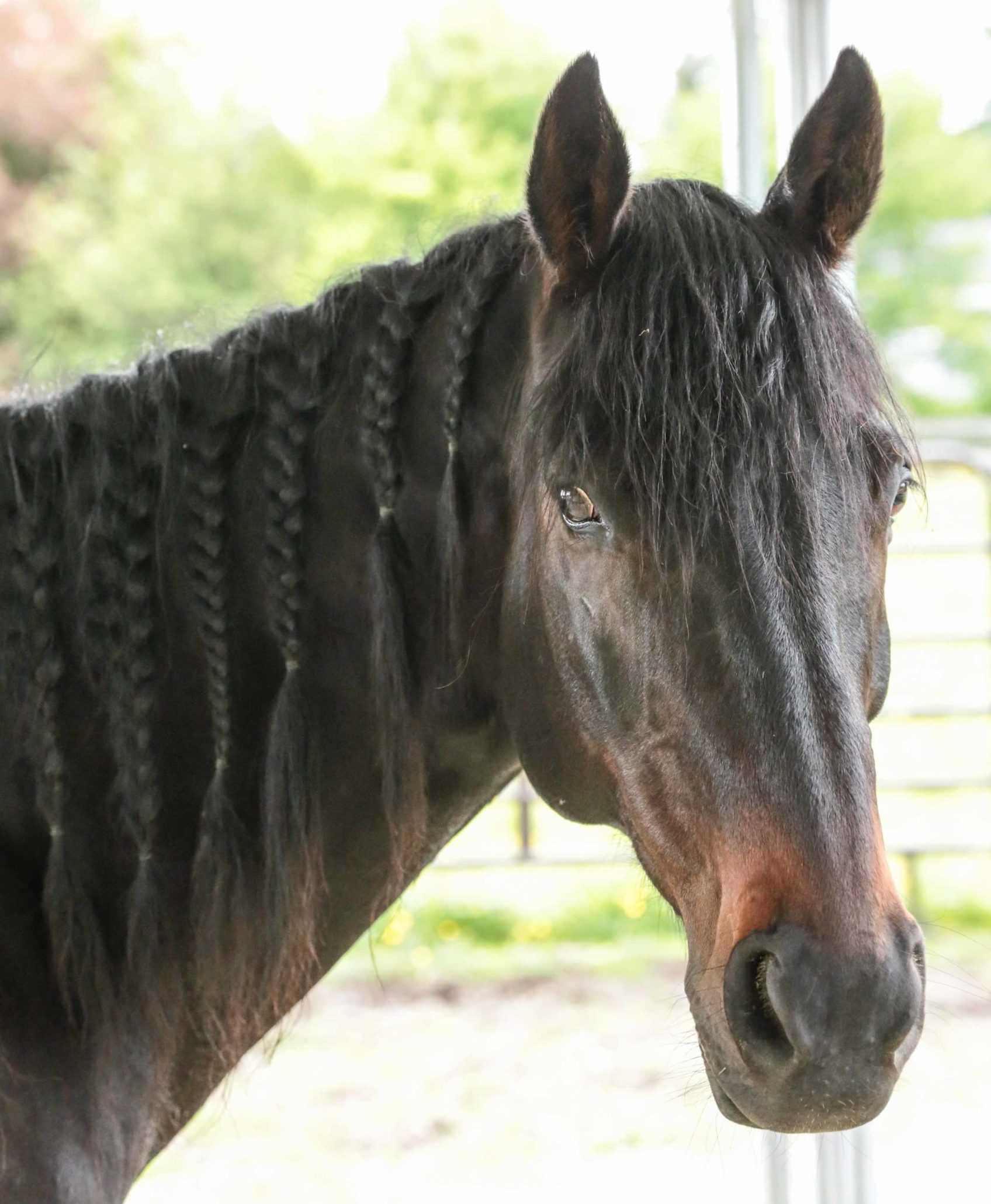
Choosing a Path for Cyrus: Lameness Exam
After Cyrus returned from training, we began to notice a slight lameness under saddle. Dr. Lewis from Rainland came out a few weeks ago to do a lameness exam which was inconclusive. She told us that he would be a candidate for the lameness locator to help get to the…
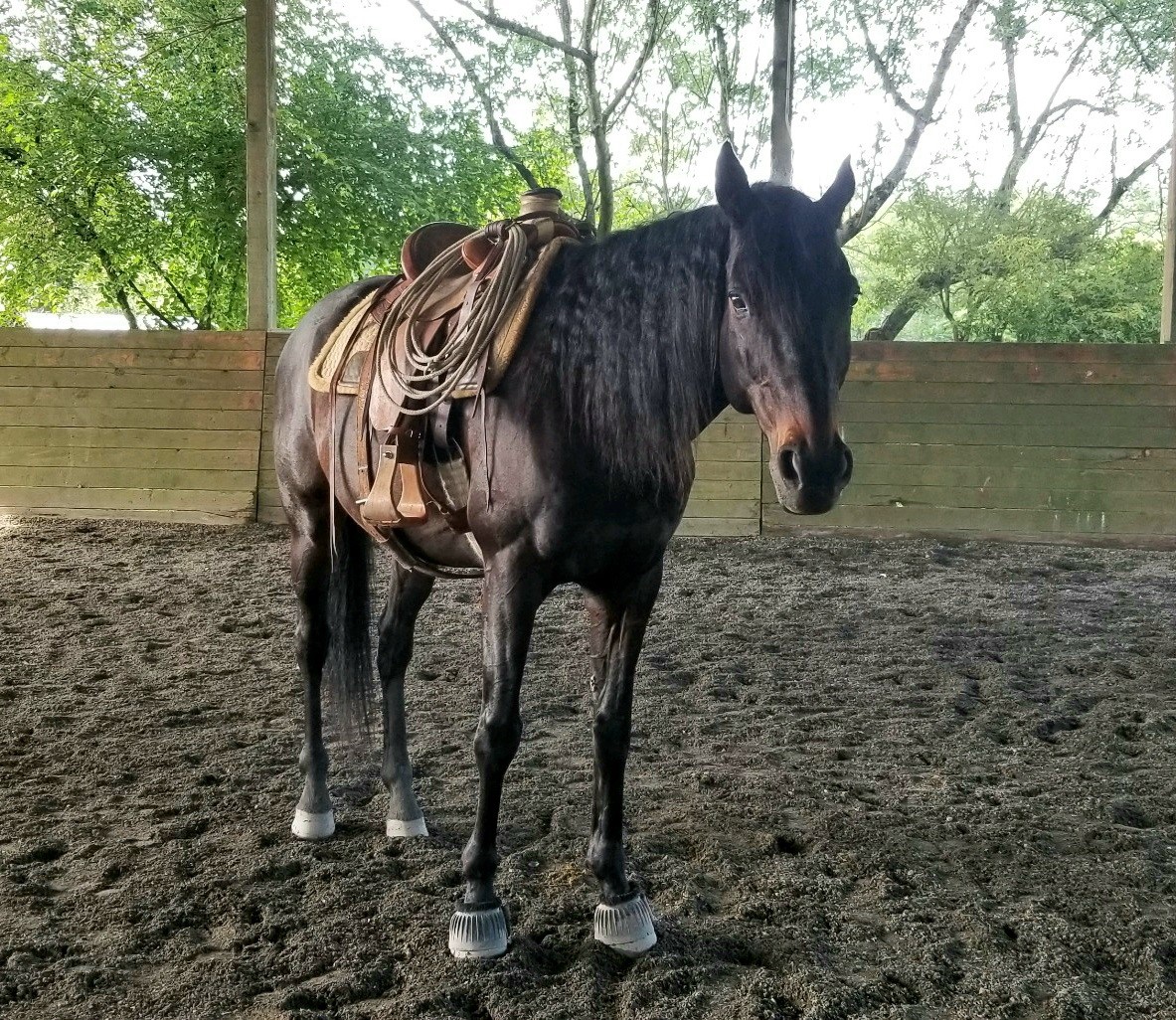
The Limelight Pet Project Features Cyrus
Thanks to The Limelight Pet Project for featuring Cyrus! The Limelight Pet Project is a campaign local to Washington that shines a light on harder-to-adopt pets and the people who help them. We’re delighted they chose Cyrus to share this month on Q13 FOX. Here’s the…
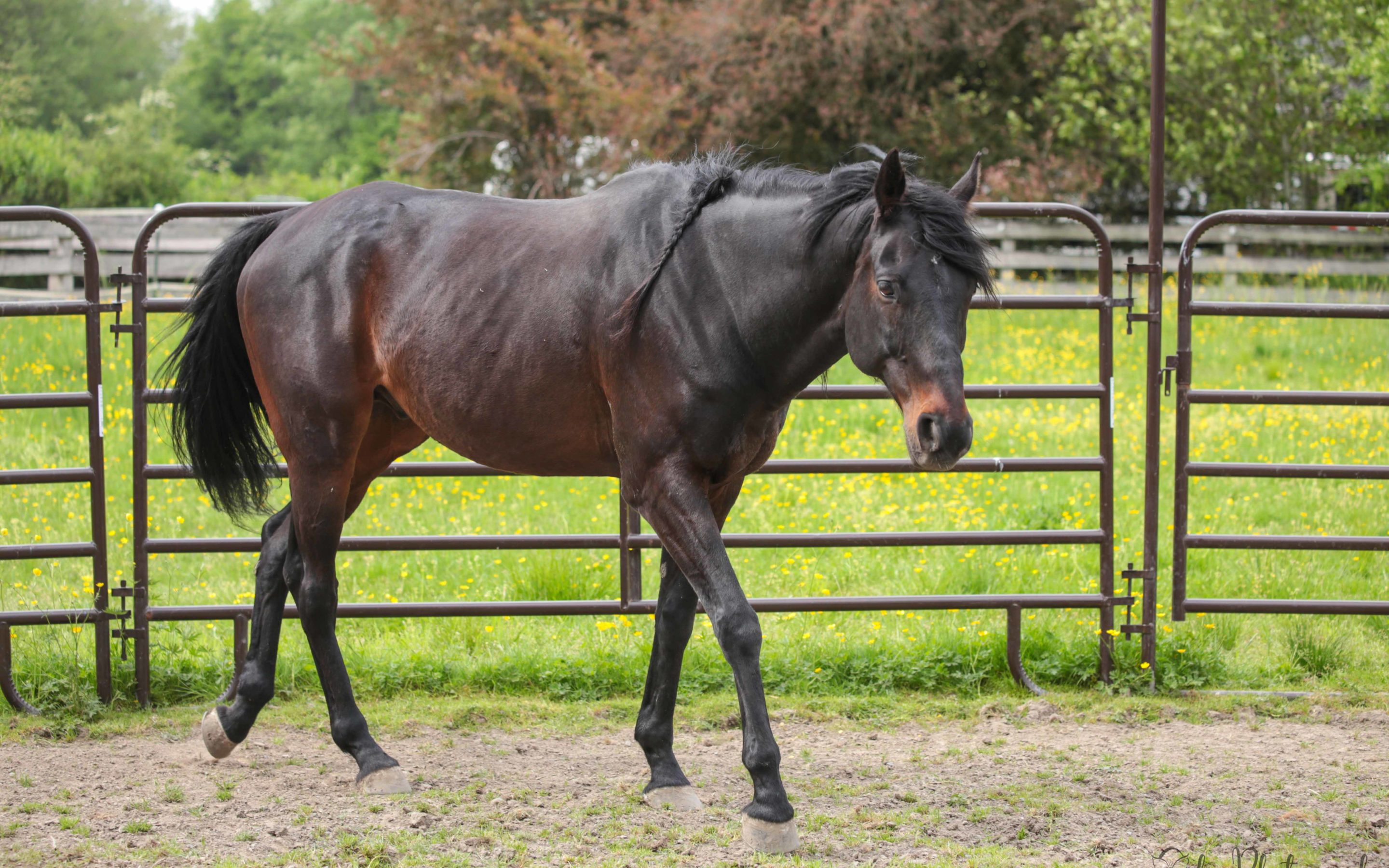
New Cyrus Photos

Training Update: Cyrus
Cyrus has finished his first month of professional training with Donohue Horsemanship and all reports are good. He is a good guy and is learning to be more accepting of the work. No major issues but at this time, but Cyrus will still need an experienced hand to help…
Look who’s got a new pair of shoes
Cyrus is a new man with front shoes and a saddle! His restart with Nick Donohue is underway and going well. More soon.
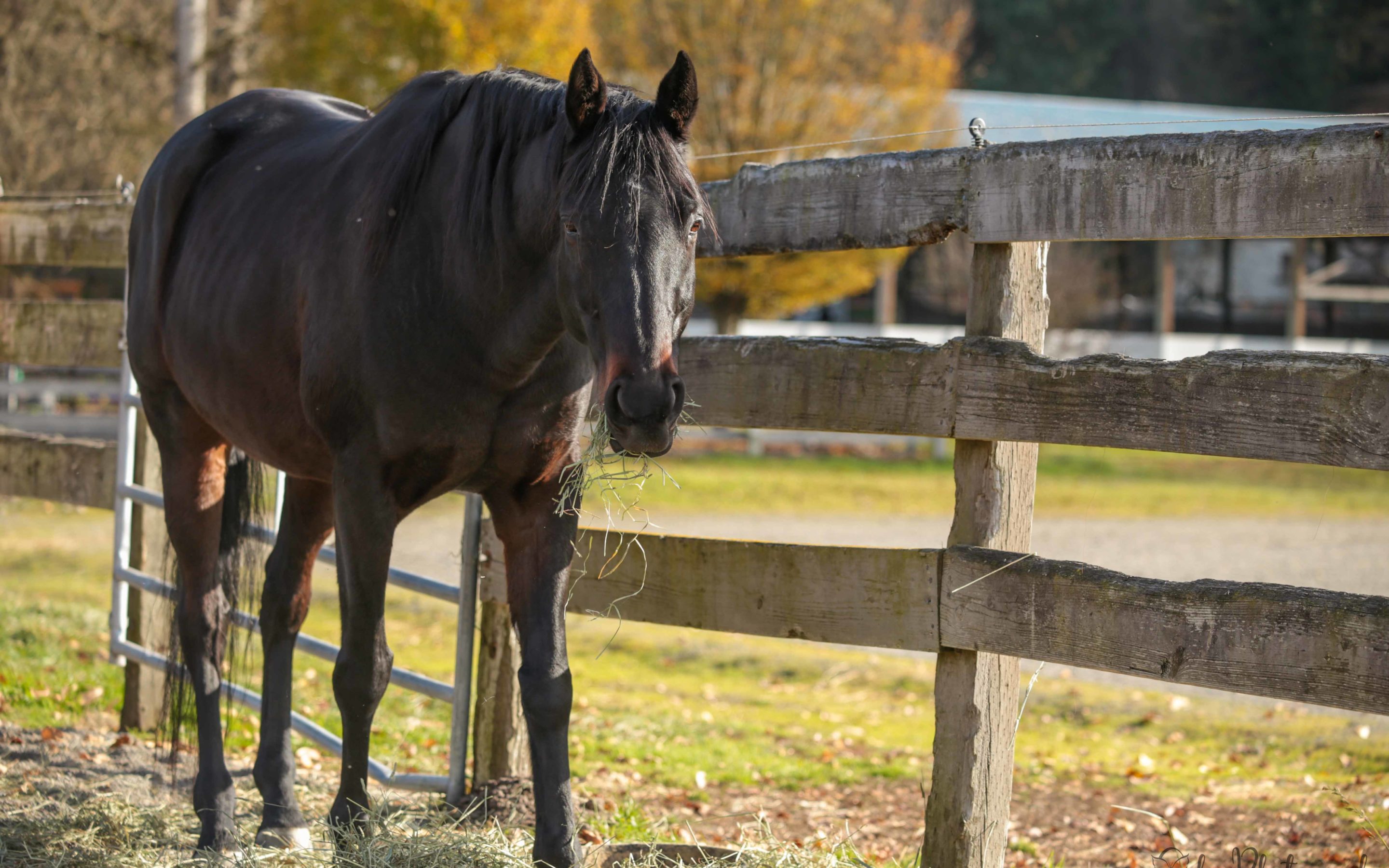
Cyrus: Joel Conner Clinic Report
SAFE volunteer Phoebe T has been working with Cyrus on groundwork and saddling. Here’s her report about the November Joel Conner Clinic: First off it was a privilege to work with Cyrus for 3 days in a row. He went from being constantly distracted on day 1, to being…
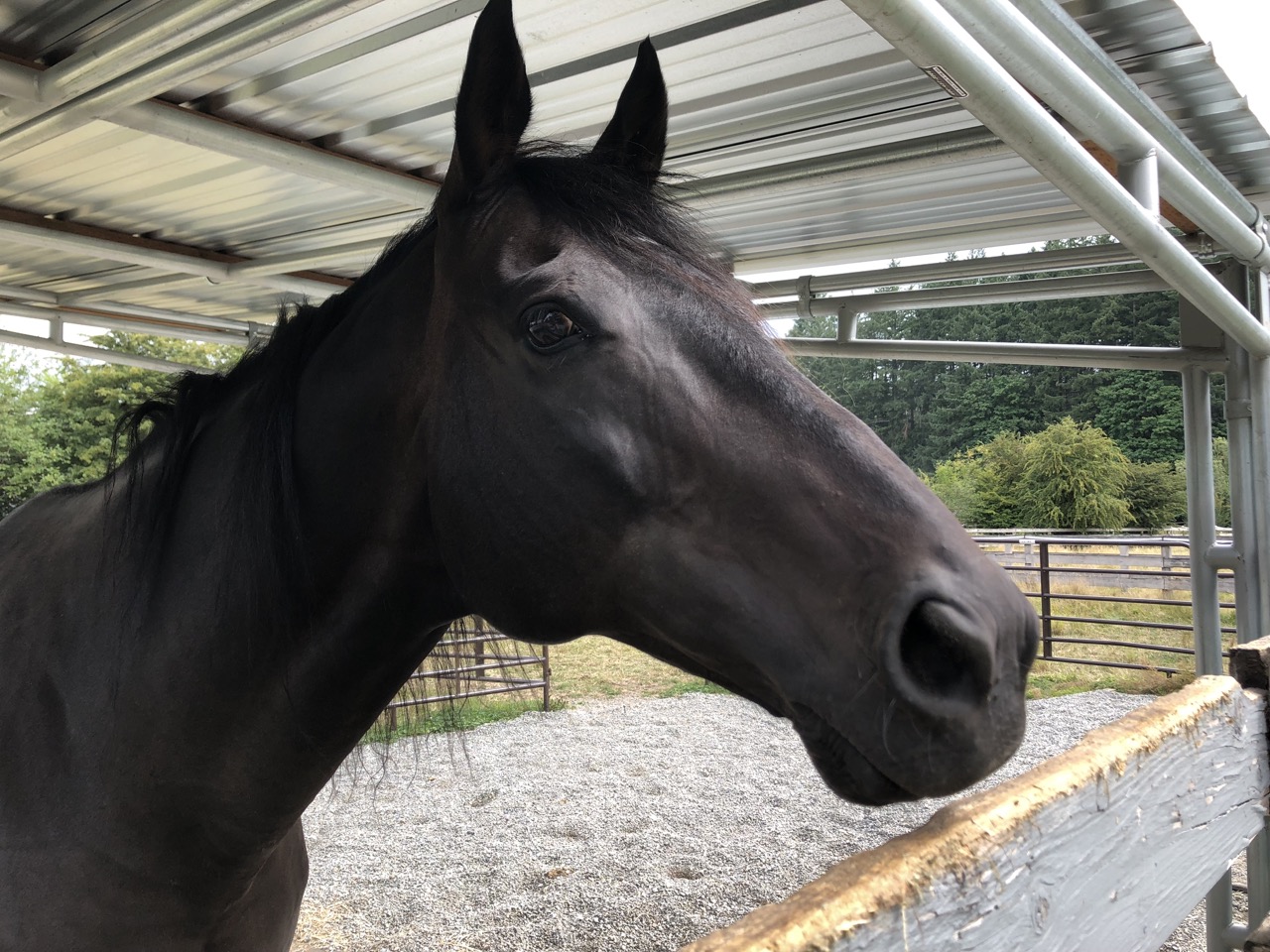
Meet Cyrus
As part of our work to support Animal Control agencies in Washington state, SAFE is often asked to take in horses that are part of active cruelty investigations. Sometimes we can make this information public right away, but in other cases, we are asked to keep these…

